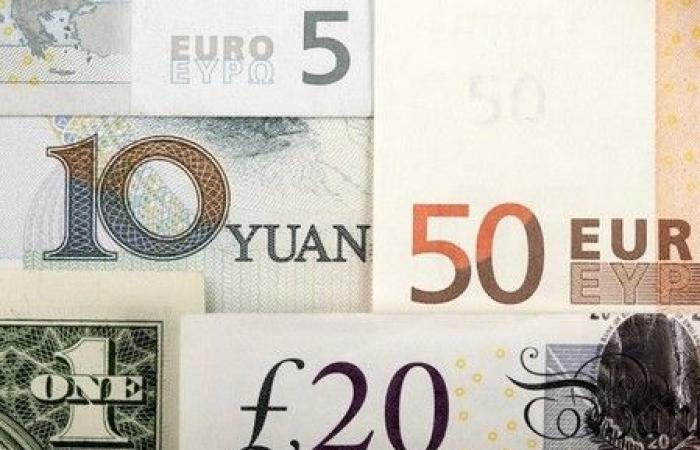The Australian dollar was heading for strong weekly gains on Friday as diverging interest rate outlooks sent it to near 17-year highs against the yen and one-year highs against the euro.
A rate cut by the Swiss National Bank and a downbeat policy outlook by the Bank of England contrasted sharply with the Australian situation, where markets are pricing in some possibility of a hike being the next move.
The Reserve Bank of Australia (RBA) this week kept rates at 4.35% and warned that it was alert to upside risks to inflation.
“We think an increase remains unlikely given the continued easing of the labor market and the slow pace of activity growth,” said Adam Boyton, head of Australian economics at ANZ.
“Still, we cannot completely rule out a post-Q2 CPI rate hike,” he added. “If trimmed average inflation were above 1% and activity data showed signs of recovery, then the Board could tighten rates.”
The second quarter consumer prices report will be published at the end of July, a few days before the RBA board meeting in August. Analysts expect core inflation to rise by 0.8% or 0.9%, but with the risk of it being 1% or more.
Monthly CPI figures for May will be published next week and are expected to show a fall of around 0.2% on the month, but an increase in the annual rate to 3.7% from 3.6% .
Even if the Reserve Bank of Australia makes do without a hike, markets see little chance of easing until April next year. By then, futures imply that US rates will have fallen by 100 basis points.
These prospects kept the Australian firm at $0.6659, after rising 0.7% on the week, although it faces stiff resistance in the $0.6705/14 area.
Against the yen, the Aussie rose 1.7% on the week to 105.85 yen, levels not seen since mid-2007. The next major target is the 2007 high of 107.84.
It also gained ground against the euro, which fell 0.6% on the week to a one-year low of A$1.6048.
The New Zealand dollar lagged at $0.6119, after falling 0.3% on the week, as markets anticipate rate cuts there as soon as October or November.
Data released Thursday showed that the economy barely grew in the first quarter and has been virtually stagnant for six quarters.
“We forecast inflation will return to within the RBNZ’s 1-3% target band in the third quarter,” said Jarrod Kerr, chief economist at Kiwibank. “We will see that data in mid-October, and from there rate cuts could come as early as November.” (Reporting by Wayne Cole; Editing by Stephen Coates)






